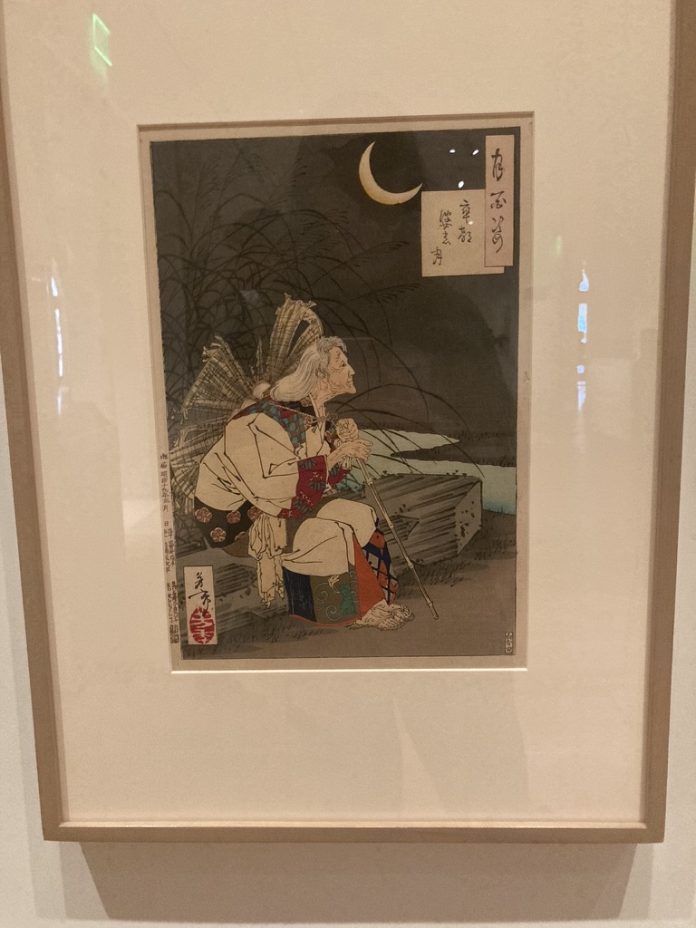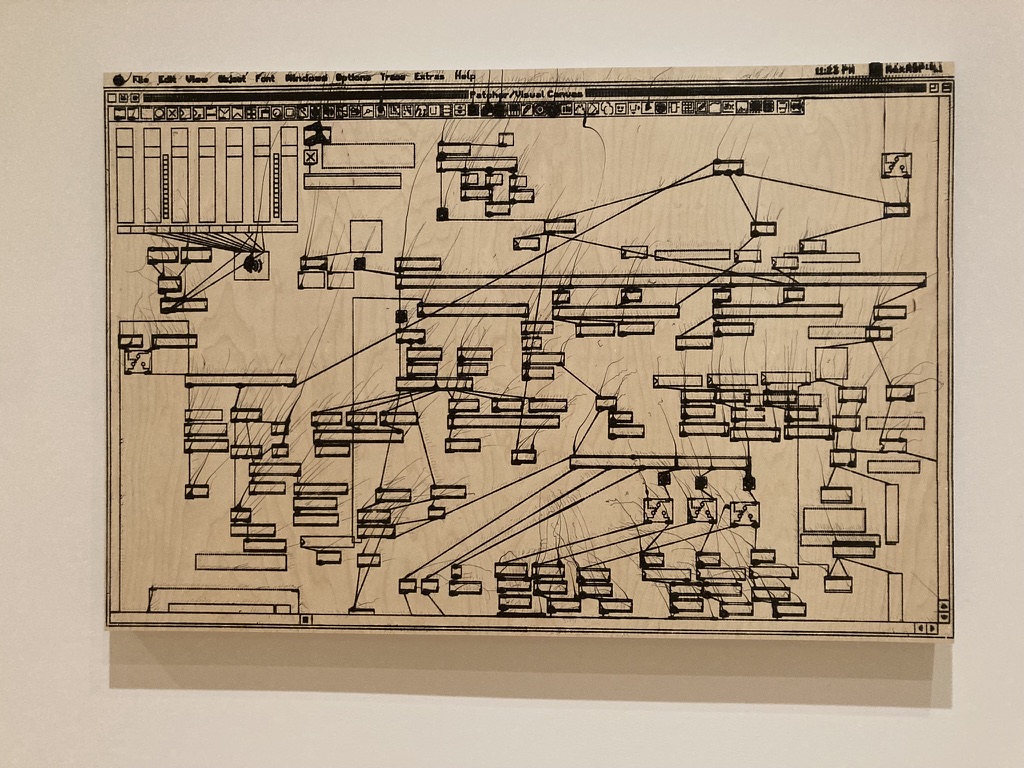
Ariana Duckett
Copy Editor & Senior Staff Writer
Towards the end of March, I had the chance to visit the Santa Barbara Museum of Art, located on State Street in downtown Santa Barbara. Entering the tranquil space, busts made out of a variety of materials lined the walls and loomed over a Greek statue in the center of the room and the reception desk. Half of their exhibitions remain year-round, originating from southern and eastern regions of Asia, as well as the Americas and Europe. Half have been or will be on display anywhere between the beginning of February and the end of August, including photo series and experimental artwork with a more contemporary perspective.
With so much to explore, I first went to a small room near the reception desk filled with neatly framed artwork of a myriad of styles, both thick-brushstroke paintings and sparse, bare-bone portraits, focusing on individuals in both dynamic and still states, from afar and vulnerably up-close.
I found myself facing the delicate and pensive work of Tsukioka Yoshitoshi, including several pieces from his collection “One Hundred Aspects of the Moon.”
This collection has more narrative themes connected to Japanese mythology, folklore, and history which then have important connections to the moon. Each piece is only several inches big, crafted on a color woodblock printed on paper with graceful calligraphy. Some include poetry, such as in “Moon in the Cemetery”:
The flower’s beauty faded but no one cared
I watched myself grow old as the long rains fell
The narrative centers on an elderly poetess, Ono no Komachi from the 9th century, reflecting on past wrongdoings and finding a path to enlightenment. One of my favorite pieces from this collection was a stunning six-panel folding screen credited as having been made by Kanō school, a school of Japanese painting, called “Winter Landscape.” The sparse calligraphy illustrated the threadbare trees hanging over nearly featureless valleys as two men in a boat row to a third one waiting for them on the shore of the mountainous island.

Moving away from this exhibit, my favorite piece came from the contemporary “Made by Hand/Born Digital” exhibition, which focused on modern craftsmanship to create artwork. Analia Saban created “Pleated Ink (Music Synthesizer: Max/MSP, 1996)” on a panel of wood with thick, glossy black ink, illustrating the intersection of art and science in the field of electronic music composition. Each block code being used to run the music program is connected with symmetric lines. In my opinion, this can show the clean and seamless nature of using science and technology for art, and which the artist’s bio explains shows “the painting’s connection to a person holding a tool to apply ink.”
Other fascinating exhibits included Janna Ireland’s “True Story Index,” a photo series which contemplates “family, home, and the expression of Black identity,” many of which feature her sons and were taken during the pandemic, as well as historic artifacts from the Indian subcontinent depicting religious symbology from Hinduism, Jainsim, Buddhism, and which track the intersection of each religion over periods in which cultures became exposed to one another, in their year-round exhibition “Highlights of South and Southeast Asia.”
When I departed, I had no idea how much time had passed, and a steady mist had begun to descend upon the grand staircase leading into the museum. I started the walk home feeling light-hearted, still thinking about the artwork that had mesmerized me for so long. The rain intensified, but my pace did not slow. I was too occupied with the art collections to care.










